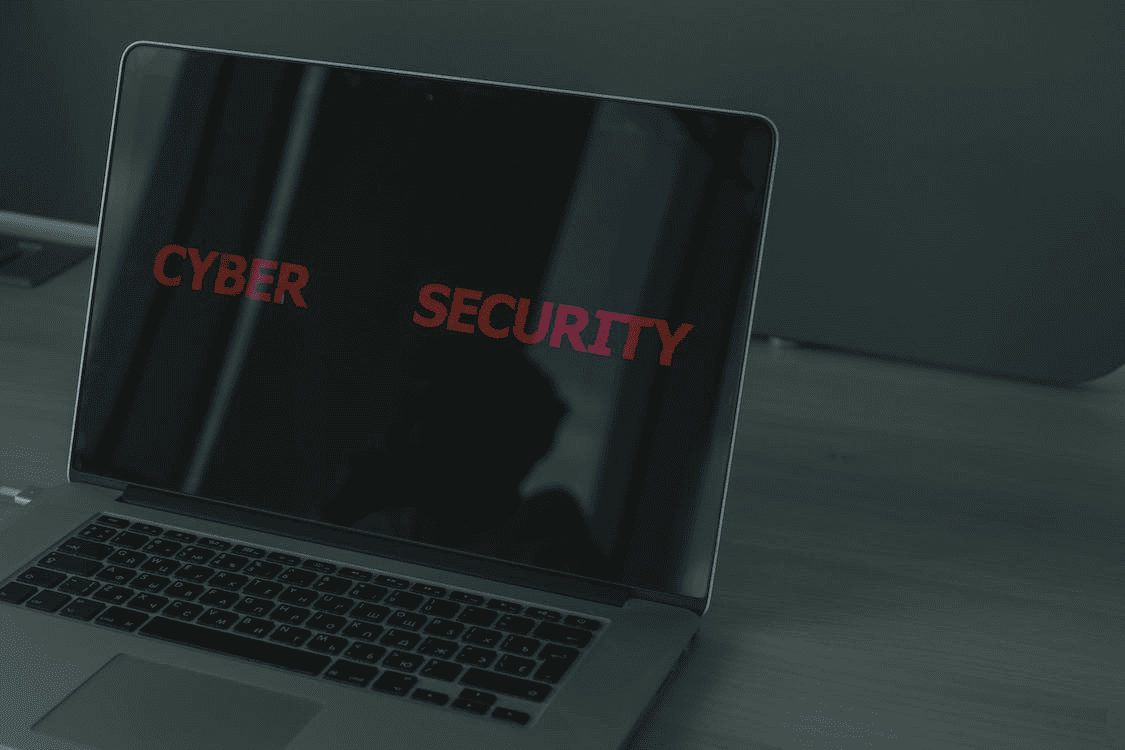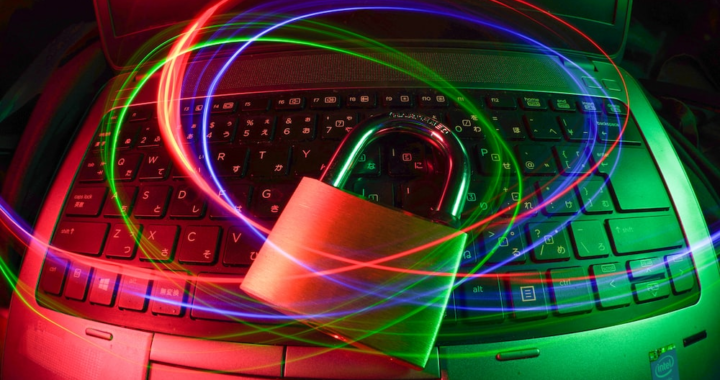Cybersecurity is crucial in today’s interconnected digital world to safeguard private information and stop hackers from accessing sensitive information. It is important not only for individuals but for companies as well.
Password- and username-based security systems are no longer adequate for protecting against modern cyberattacks. Methods for enhanced cybersecurity are being introduced through various advanced authentication strategies, adding another layer of protection.
If you need experts on the case, we can help. Eclipse Forensics‘ team of cyber forensic experts in Florida has experience working on numerous such cases since 2005.
In order to strengthen cybersecurity and protect against unauthorized access and data breaches, this article will discuss cutting-edge methods for enhanced cybersecurity.
What Is Advanced Authentication?
By “advanced authentication,” we mean confirming a user’s identity before granting access to a restricted set of resources online. Multiple authentication elements are used in most modern authentication schemes. When used together, these elements enable an even more secure usage.
Multi-Factor Authentication (MFA): What Is It?
When a user’s identity needs to be confirmed, multi-factor authentication uses more than one method of checking. This usually involves a combination of the user’s knowledge (such as a password or one-time password) with the user’s possession (such as a physical token or smart card) or the user’s identity (such as biometric authentication).
MFA increases security and decreases the likelihood of unauthorized access by requesting several pieces of information before granting access. Two-factor authentication is also a part of this.
But it’s important to realize that the authentication measures need to be progressing (lower to higher security). This means that a multi-factor authentication solution that uses one-time password validation as an additional authentication factor is beneficial in advanced cybersecurity frameworks, whereas security questions are not.
How Are The Methods For Enhanced Cybersecurity?
Authentication using Token:
Each login attempt requires a different one-time password (OTP), which can be generated by either a physical or digital token. The produced OTPs provide extra protection by making it such that an attacker still needs the correct OTP even if they have the user’s password.
Behavioral Authentication:
Another method for enhanced cybersecurity is behavioral authentication. With behavioral authentication, a distinct user profile is created by analyzing user behavior patterns, including typing speed, cursor movement, and navigation habits.
The system’s vigilance and analysis of these trends allow it to spot outliers and uncover fraudulent activity, bolstering protection against intrusion.
Risk-Based Authentication:
By looking at the user’s physical location, the type of device being used, the user’s past actions, and the type of network they are connecting from, risk-based authentication can determine how risky an authentication request really is. If the risk assessment determines that the level of risk is elevated, then further authentication methods may be necessary.
Certificate-Based Authentication:
It is a method of authentication that makes use of verified digital certificates. They rely on the security of publicly shared keys.
To ensure safe access, these certificates confirm the user’s identity and the integrity of their communications with the system.

Cyber Forensic Experts – Eclipse Forensics
With the advent of technology and the increasing use of digital platforms, the need for cybersecurity has been boosted as well.
Eclipse Forensics, led by Jim Stafford, has a team of highly qualified and experienced cyber forensic experts. We have been providing forensic services since 2005 and have worked on hundreds of cases.
Get in touch with us for exceptional cyber forensics.

